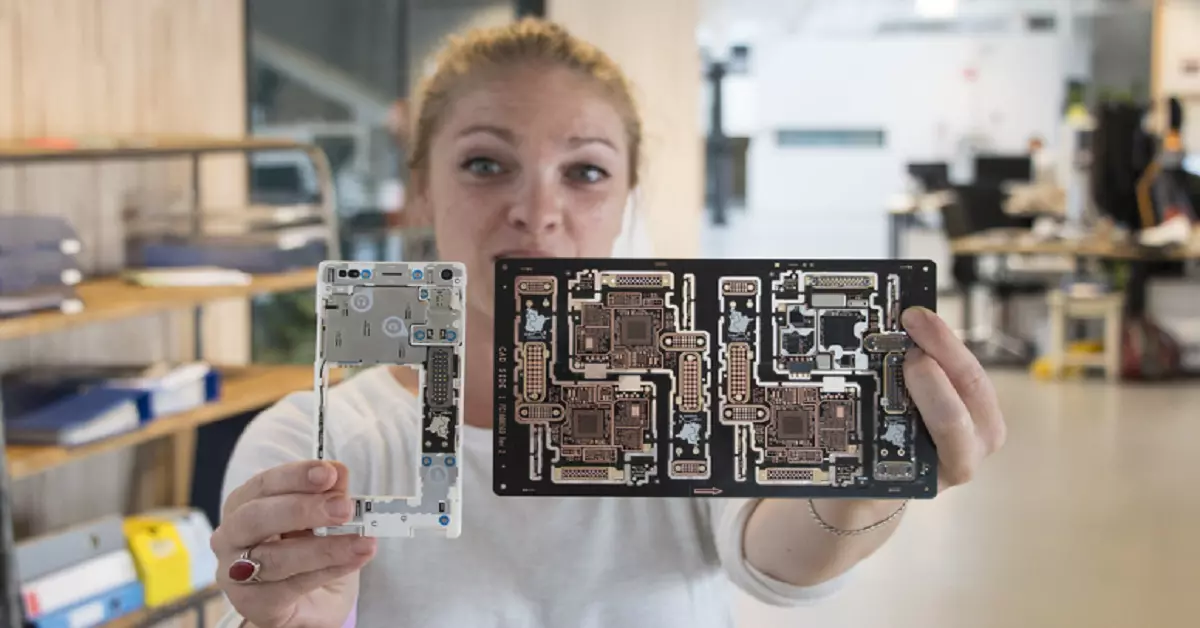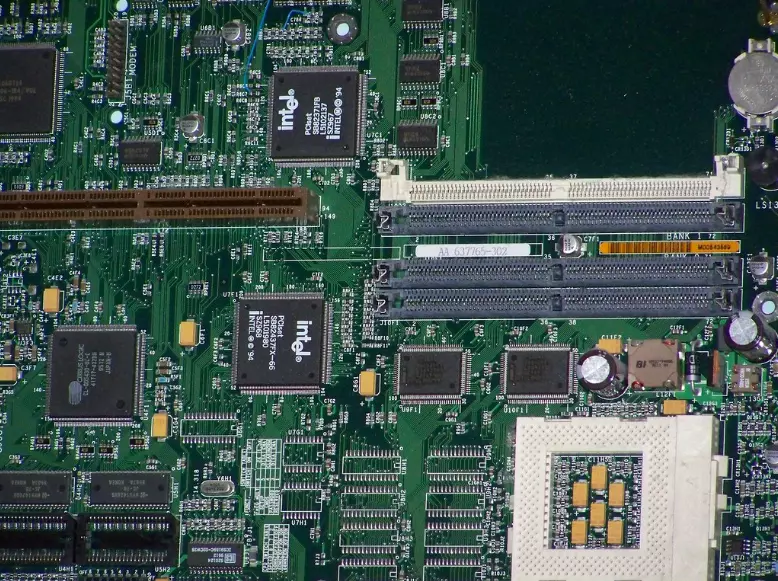Why Old Electronics Is Your Personal Gold Reserve

As the amount of information processed by companies grows, so do the servers. All this abundance of large equipment eventually becomes obsolete, is written off and thrown away or rests in warehouses. However, servers, as well as any electronics, contain a large amount of harmful substances, so they must be properly recycled. It would seem that this is a rather boring and costly activity, but if you approach it wisely, you can extract gold from these old servers. And not only from them.
Many different metals, as you know, are used in the production of electronics. And that includes gold. It is believed that on average one metric ton of electronic waste contains 9 to 16 ounces of it. More and more enthusiasts accumulate outdated and broken gadgets for further extraction of valuable metals. Of course, the specific share of gold and platinum in a laptop or server is small, but by recycling a few dozen old devices, thrown out for lack of use, you can get enough gold for a good bar, the cost of which will repay all your efforts.
In addition to gold, a certain value is presented by copper, which is used to make the tracks of circuit boards. By the way, this metal is one of the reasons for the theft of air conditioners – copper tubes are used in their heat exchangers. There’s also quite a lot of copper in power supplies.
If you already hold a screwdriver and look greedily at the old system blocks piled in the pantry, then do not forget that electronics contain a lot of harmful substances. For example, CRT TV sets and computer monitors contain lead, barium and strontium. In general, an ordinary smartphone contains almost a third of the Mendeleev table.
Extraction of metals means application of some very unsafe chemicals. For example, aqua regia can be used to dissolve gold and platinum – it’s a mixture of concentrated nitric and hydrochloric acids. Thus, reliable body protection, goggles, a quality respirator and a well-ventilated room are absolutely necessary conditions when you prepare to extract precious metals from electronics.
Where are the most valuable metals?
The main places in computers and servers where precious metals are concentrated are motherboards, processors, memory modules (RAM sticks), expansion cards and gold-plated cable plugs.
Let’s look at the motherboard and expansion card to see what exactly shall be of interest for you:
- Inside the north and south bridges there are thin gold wires, as well as gold-plated tracks that connect the different levels of the board.
- Gold-plated connector pins.
- Gold-plated contacts of memory and PCI slots.
- Integrated boards may contain fine gold wires.
- Monolithic ceramic capacitors may contain palladium and – in some cases – silver.
Gold-plated contacts, visible to the naked eye, are self-explanatory. This is the easiest target.

Thus, it makes sense to collect old computers, broken phones, tablets, laptops, old tape recorders, radios, TV sets, etc. System administrators can consider themselves especially lucky when their companies are upgrading their servers – this process includes writing the old equipment off: ancient servers are a rich source of gold-containing components.
Please note: the older the gadget, the more precious metals it contains. A lot of gold and silver can be found in electronics made in the 1940s, 50s, and 60s.
How to extract gold?
If you know where to extract it from, it is the time to learn how to do it. You will need:
- Some unneeded electronics.
- Rubber gloves and apron.
- Goggles.
- Hydrogen peroxide 3% solution.
- Hydrochloric acid 31% solution.
- Methyl alcohol.
- A funnel-shaped filter.
- Two large glass jars.
- Plastic or glass stir sticks.
- Precision scales with at least 5 mg measurement accuracy.
- A gas burner.
- Borax (sodium tetraborate).
- Clay pots or other vessels able to withstand temperatures that are 500°C above the melting point of gold.
- A measuring vessel.
Always remember about safety. It is best to conduct all procedures outdoors.
Collect as many gold-containing components as you can, including processors, cable plugs, etc. Then comes the time for electronics: all the circuit boards that might need cleaning, gold-plated connectors and pins, etc. You can use a magnet to sort the steel gold-plated components.
Use one glass jar for the gold-plated combs and cleaned boards, in another one mix 2 parts hydrochloric acid and 1 part hydrogen peroxide. Pour the mixture you’ve got into the first jar. The liquid should cover its contents completely. Wait for a week, stirring this soup daily.

While these scraps are soaking, you’re going to do some cupping. This way you can extract gold or silver from alloys based on metals (copper, lead, zinc, etc.). Precious metals won’t oxidize. As they don’t enter into a chemical reaction, unlike the metals of the alloy (those will form slags and other compounds when heated), separating precious metals becomes a totally achievable goal. This process does not separate silver from gold, but in our case it is not necessary.
Essentially, cupping is burning the slag out of the alloy with a torch until a beautiful yellow piece of metal is formed, which will only need to be cooled down.
After a week time comes to test your acid-soaked components. The liquid will be darkened from the substances dissolved in it, and at the bottom you’ll notice tiny flakes of gold.
Drain the contents through a strainer that traps the flakes. Save the drained solution, do not pour it down the drain. Rinse the filter with gold particles: first with a stream of water, and then with methyl alcohol. It cleans the gold much better, unlike water, the drops of which will remain on the scales and gold dust and increase their weight.
The components that have been cleaned of gold go into the trash. The rest will get re-soaked in acid.
Now let’s get to work on remelting the collected gold flakes and dust. There are two methods: using mercury (the poisonous nature of its vapor makes this way less desirable) or borax.
Borax has been used since ancient times in artisanal gold mining, allowing to reduce the melting temperature of the metal contained in the ore. Normally, gold melts at 1,064°C (1,948°F), a temperature that is difficult to achieve at home. By placing gold powder in borax, however, it is possible to melt it at a lower temperature. Additionally, this method promises you a higher yield of gold compared to the one that involves mercury.
Now the aforementioned ceramic pot goes over a gas burner – heat it. Then pour in borax. When it melts, just add gold powder and some extra borax. Continue heating.
Conclusion
Thus, if you are the owner of some vintage electronics, consider yourself (almost) rich. The main thing, again, is to not forget about safety: do not try to extract precious metals if you do not understand what you are doing. In case you do understand, go ahead. You won’t scrape a lot from one device, but whatever is going to be there is all yours!
Of course, instead of going through your old devices in search of gold you may find yourself in need of repairing it. In such a case you’ll have to turn to professionals, since vintage electronics repair is even more difficult than extracting gold from motherboards.